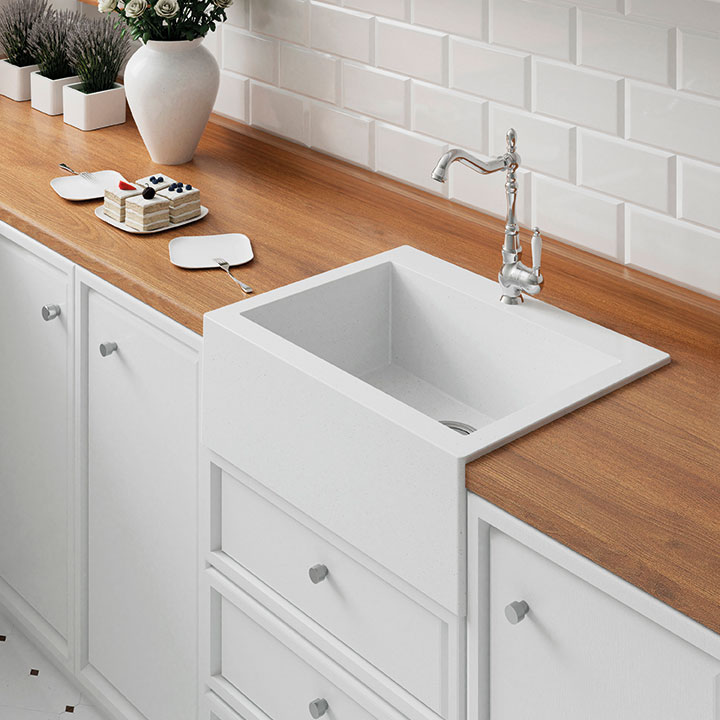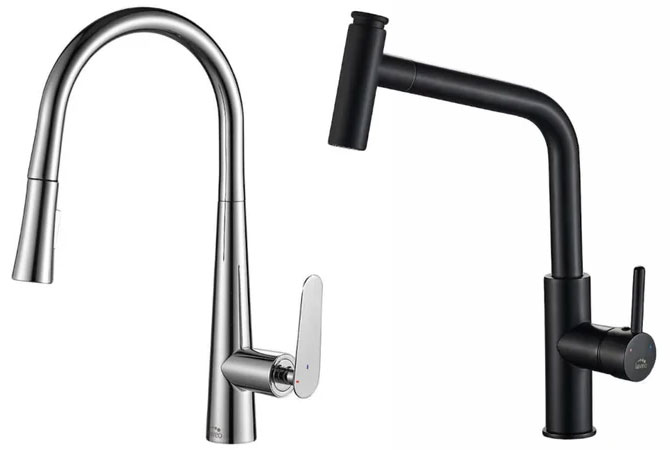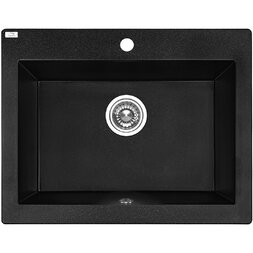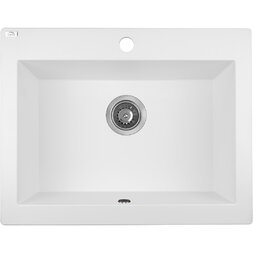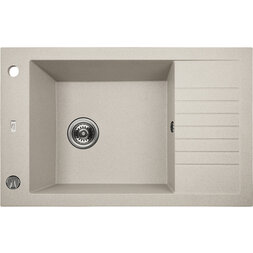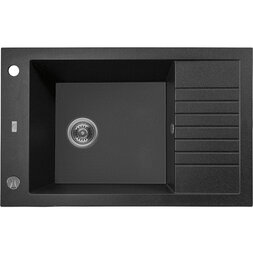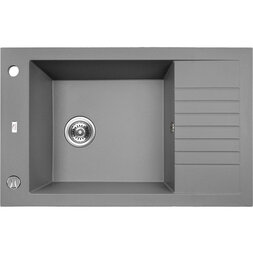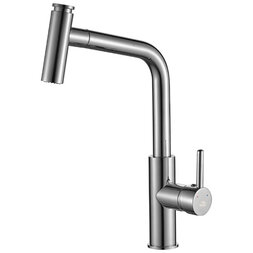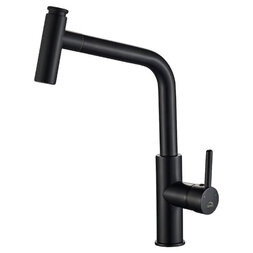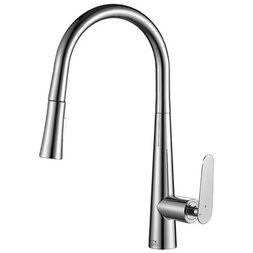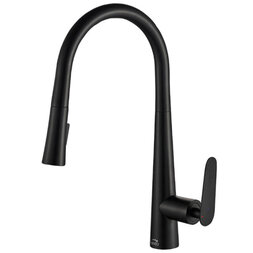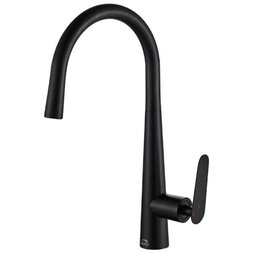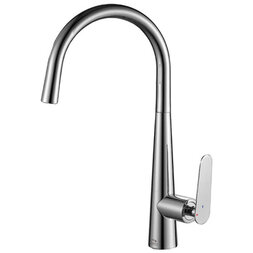If you have ever had roommates or you live with your partner/spouse or family, you know that sharing the kitchen space is challenging. The experience can be both fantastic and terrible. The act of dishwashing may not be a problem - for some, it can be a moment of relaxation, but for others, it is an unpleasant chore that can make them dizzy or raise their blood pressure.
![]()
In some cases, nothing pushes us to such emotional reactions or makes us tirade than dirty dishes left in the sink and on the countertop.
We hint that everything is fine with you, and you are not alone in feeling contempt for dirty dishes. Many people do not like the mess and would be happier if they shared this duty with their partner. Researchers have discovered that for women remaining in heterosexual relationships it is more important to share the responsibility for washing-up than any other duty, according to the Council on Contemporary Families Organization - so gentlemen, take care of your wives ;)!
However, before you reach for a sponge and a bottle of dishwashing liquid when approaching your husband, consider the division of responsibilities at home and the priorities. You can also propose your partner to take care of it together, which can be an opportunity to talk. On the other hand, if you enjoy dishwashing, why not do it? Remember that an appropriate sink will make your work more pleasant! Your partner can fulfill themselves by cooking dinner for you or cleaning the bathroom. Successful couples recognize their unique roles and abilities and manage their daily duties together. They use their individual gifts and talents and work to reach a consensus on the division of household chores so that both partners are satisfied with their responsibilities. In a successful marriage, sharing household chores is one of the key issues. This means that if you learn to share responsibilities, your relationship will have one of the qualities of unity.
![]()
Even though we more and more often leave the washing-up to dishwashers, the sink is and will remain indispensable in the kitchen, performing a practical function during washing, straining, but also rinsing fruits and vegetables, and watering flowers. Increasingly, the sink also plays the role of a designer product. To ensure that everyday washing-up is not an ordeal, we should take some time to think about what kind of kitchen sink to select.
When choosing a sink, it is worth paying attention to the area at our disposal, no matter if we choose a 1-bowl, 1,5-bowl, or a 2-bowl sink, with or without a drainer. When deciding on a sink, it is important to take into account the size of the bowl. For example, the Komodo sink has a 19 cm deep bowl and an apron that is firmly extended to the front. This part covers the cabinets and allows maximum use of the sink. The deep bowl enables easy cleaning of large kitchen equipment such as baking molds or baking trays. Moreover, the Komodo sink allows you to give your kitchen an unusual look as it can fully complement a modern or vintage-style interior.
Another proposal is the Pionier, model, which will work perfectly on a kitchen island. The sink has a deep bowl, thanks to which we can easily wash large dishes or pots, a ribbed drainer that will allow water to run off freely, and the SPACE SAVER drain trap saving space in the cabinet. The sink is reversible. The tap is moved away from the drainer to the outer edge of the bowl to provide additional working space.
![]()
![]()
Our sink will be complemented with a kitchen faucet, without which there will be no washing-up. For frequent kitchen works, we recommend faucets with a pull-out spout. They will allow us to fill the pot with water away from the sink. Toro, whose characteristic ending of the spout is not only a decorative element, as it is equipped with a convenient switch for changing water jet from rainy to fixed, will be such a model. An additional convenience, improving the performance of daily activities, is the pull-out and swivel spout. Another proposal is the Nalda kitchen faucet, available in two models with swivel spouts in the shape of the letter "U" and with a pull-out spout. An additional advantage of this model is the "cold start" function, which reduces hot water consumption. At the moment of turning on the faucet, there will always be cold water - not mixed, which is normally found in traditional mixers. The gradual rotation of the handle will make the stream get warmer and warmer.
Despite the division of duties that should prevail in our house, it is also worth taking care of the equipment that will facilitate our daily household tasks related to dishwashing. Once we have chosen the equipment and agreed on the division of work with a partner all that is left to do is to think about how to make the children do the washing-up together with us. However, this is a subject for a separate article.
